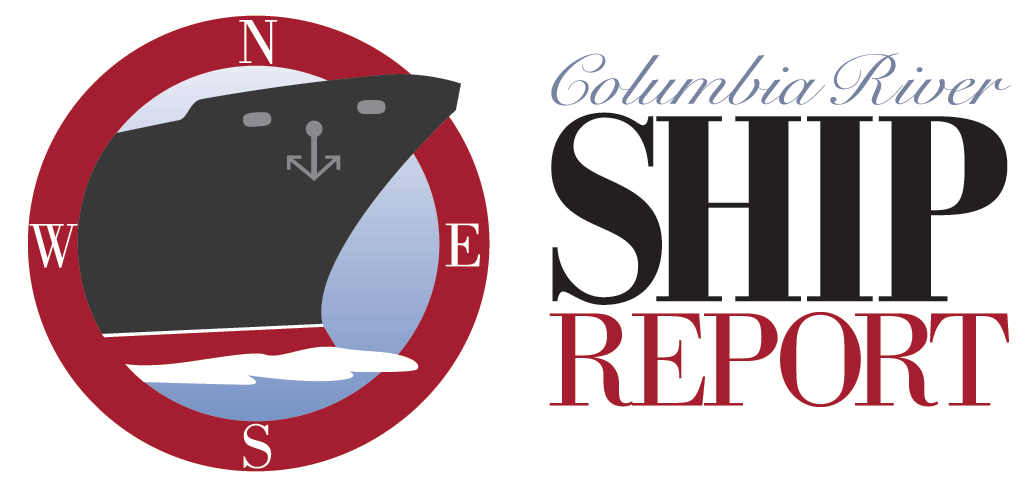
Sep 3, 2025 | Blog, Home Slider
I interviewed Fisher Poet and author Pat Dixon recently about the release of his new book of poems, Mending Holes.
Here’s the full video interview we did.
Many thanks to Brad Wartman, of The Fisher Poetry Archive, for his help recording and producing this interview on Zoom. Find his work at thefisherpoetryarchive.com
Podcast: Play in new window
Subscribe: Email | | More

Sep 3, 2025 | Home Slider, Ship Report Podcasts
We’ve got a new pilot boat operating on the Astoria waterfront these days. She’s called the “Swift” and she’s a new addition to the local fleet.
Today we’ll talk about her and also about pilot boats in general: a very unusual breed of vessel.
Podcast: Play in new window
Subscribe: Email | | More

Sep 2, 2025 | Home Slider, Ship Report Podcasts
Yesterday, September 1, marked the beginning of meteorological fall in the Northern Hemisphere. It’s a great time of year to discuss the difference between the two falls: meteorological and astronomical.
Podcast: Play in new window
Subscribe: Email | | More

Aug 29, 2025 | Home Slider, Ship Report Podcasts
I’m taking a break from the show this week. Today’s show is from the Ship Report Archives, all about the kinds of lights you see on ships at night as they are passing by or anchored in the river.
Podcast: Play in new window
Subscribe: Email | | More

Aug 28, 2025 | Home Slider, Ship Report Podcasts
This week I’m taking a break from the show and sharing a great interview with now retired Columbia River Bar Pilot Capt. Robert Johnson.
He shares fascinating details about a type of ship that we often see on the Columbia.
Podcast: Play in new window
Subscribe: Email | | More

Aug 27, 2025 | Home Slider, Ship Report Podcasts
This week I’m taking a break from the show and sharing a great interview with now retired Columbia River Bar Pilot Capt. Robert Johnson.
He shares fascinating details about a type of ship that we often see on the Columbia.
Podcast: Play in new window
Subscribe: Email | | More






